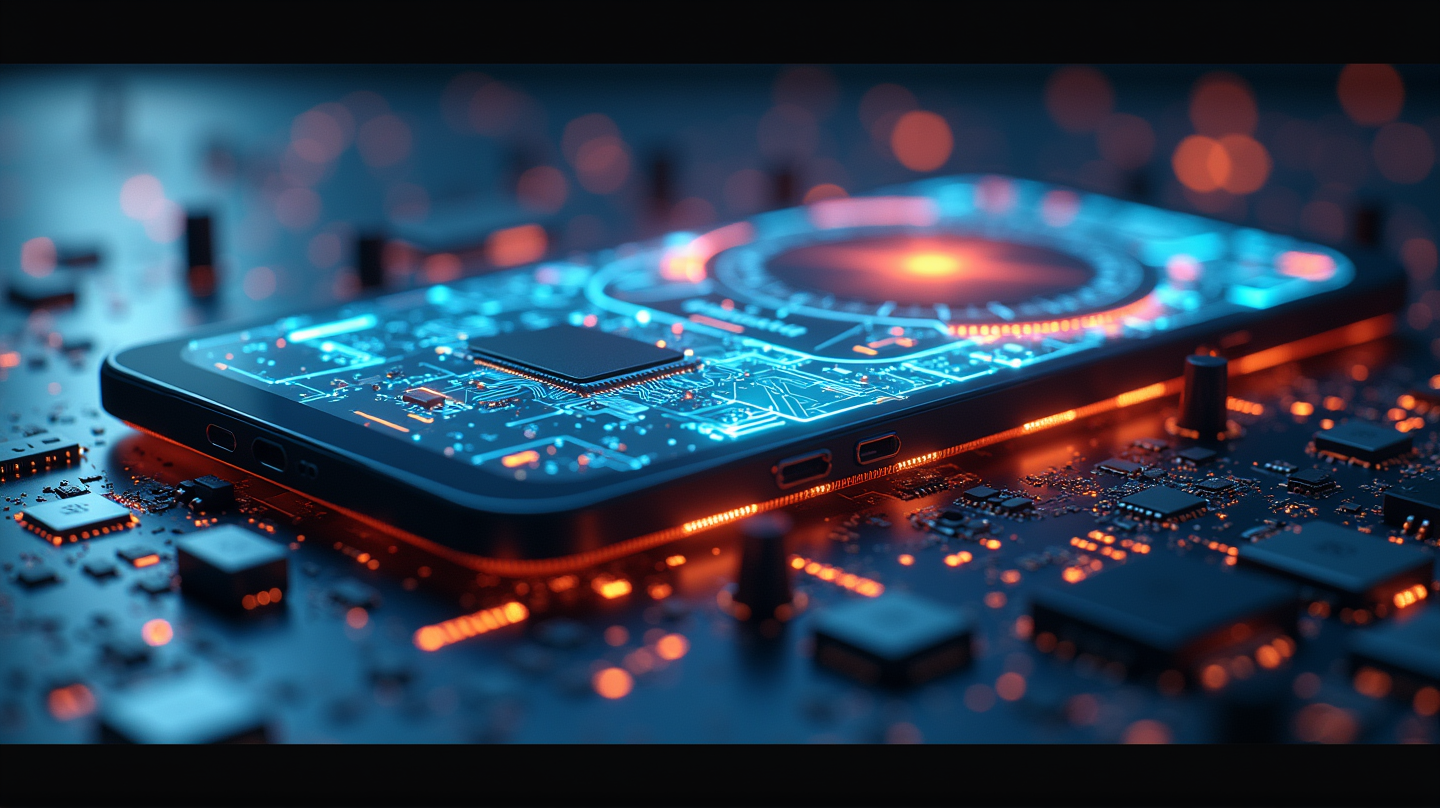Google is taking giant strides in the tech world by introducing GPU rendering capabilities to the Android Linux Terminal app, aiming to enhance the performance of graphical Linux applications. This move is designed to make these apps run smoother and more efficiently on Android devices, marking a significant shift in how mobile technology interacts with desktop-like functionalities.
Unlocking New Potential for Android Devices
The introduction of GPU rendering on Android devices not only brings a robust performance boost but also optimizes battery life by shifting heavy computations from CPU to GPU. This development opens up a plethora of possibilities for Android users, especially those using large-screen devices like tablets. With reduced latency and enhanced frame rates, users can now enjoy visually demanding apps — from classic games to professional graphic design tools — with remarkable ease.
Technical Underpinnings and Implementation Challenges
Implementing GPU rendering is a complex process, involving the integration of Android’s graphics stack with Linux’s Wayland compositor. This ensures seamless hardware acceleration, a crucial element for smooth graphics handling. However, the path is not without hurdles. Compatibility issues on certain older devices and required support extensions pose initial challenges, which Google is actively addressing with updates.
Implications for Google’s Ecosystem Strategy
This GPU enhancement aligns with Google’s strategic vision to unify its ecosystem, blending Android’s agile mobility with the robust capabilities of Linux. It hints at a future where Android users might dock their phones to monitors for a PC-like experience, integrating full desktop Linux apps effortlessly. Such innovation could place Android at the forefront of multi-purpose OS development, appealing to both casual users and enterprises alike.
Future Horizons and Competitive Edges
As Android 16 approaches, features like dynamic storage allocation for the Terminal position the platform as a versatile OS that grows with user needs. This pushes competitive boundaries, urging other big names, such as Apple, to rethink and innovate their own operating systems. With its customizable open nature, Android is poised to lead the way in creating a compact yet powerful tech experience, converging the best of mobile and desktop worlds.
According to WebProNews, the upcoming enhancements reflect Google’s commitment to pushing technological boundaries, driving a seamless integration experience between mobile and desktop environments.
In conclusion, GPU-accelerated Linux on Android is not just a technical upgrade; it represents a visionary leap towards converging technology paradigms, granting users unprecedented flexibility and creative freedom on their devices.
